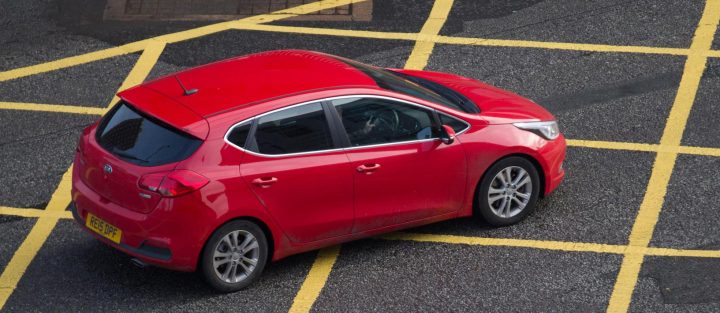Cardiff’s yellow box junctions are cash machines for the city council, according to analysis by the RAC, which has been looking at their legal implications.
Almost every yellow box junction of 100 analysed in London and Cardiff is bigger than it needs to be to prevent traffic congestion, leading to countless unnecessary fines for drivers, a new study commissioned for the RAC has found.
The RAC asked Sam Wright, the chartered engineer who runs the Yellow Box Guru website and was formerly responsible for the design and approval of yellow boxes on Transport for London’s roads, to examine those already in force in the two capital cities.
Poorly designed, oversized boxes create all sorts of other problems for drivers as well. Under Highway Code Rule 174, drivers must only enter boxes if they can see their exit is clear. If a yellow box is so big it is impossible to see where it ends – or if the road markings have worn out – judging whether to drive into or not becomes extremely difficult.
While there have been occasions where drivers have successfully challenged fines from councils where boxes are too big, unfortunately these decisions do not lead to lasting change in the way the law is applied.
| Staying out of trouble |
The RAC and Sam Wright are therefore calling on the Government to urgently refresh its advice to councils, to spell out precisely their purpose in terms of preventing the cross movement of other traffic, and to make it crystal clear where and how they should be used.
There are a number of reasons why yellow boxes might be too big, the most likely one being that they were painted prior to 2016 when the regulations were last updated and demanded that boxes had to extend to the kerbs on either side of the junction.
Yet government guidance from 2022, aimed primarily at new councils enforcing ‘moving traffic offences’ including yellow boxes, states: ‘Enforcement action should not commence at any location where contraventions could be avoided by reasonable improvements to the highway or to traffic signs, and not until such improvements are made and appropriate monitoring has been carried out.“
Arguably, the guidance is just as a relevant to councils in London and Cardiff that are already enforcing yellow boxes, although it does not formally apply to them.
As well as looking at the overall size of the yellow boxes, the RAC-commissioned study found a fifth of those analysed (22) are also potentially not compliant with the Traffic Signs Regulations 2016 as they:
- Extend beyond a junction by at least a car length – making it difficult or impossible for drivers to see where a box ends, increasing the risk of them stopping in them accidentally, and/or;
- Are in a non-permitted location such as outside a private car park or on a roundabout or gyratory that is not controlled by traffic lights, and/or;
- Cover the far side of a T junction (ruled in several adjudicator cases to be non-compliant, as again if a driver stops in this part of a box they are not affecting the passage of other traffic)

